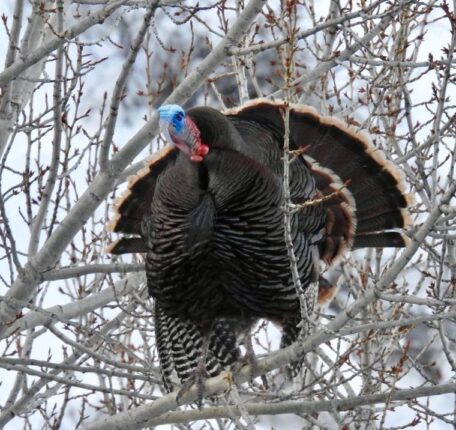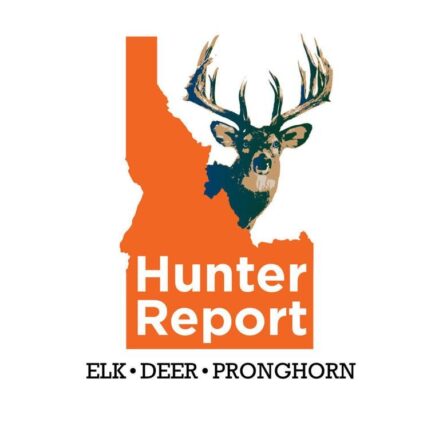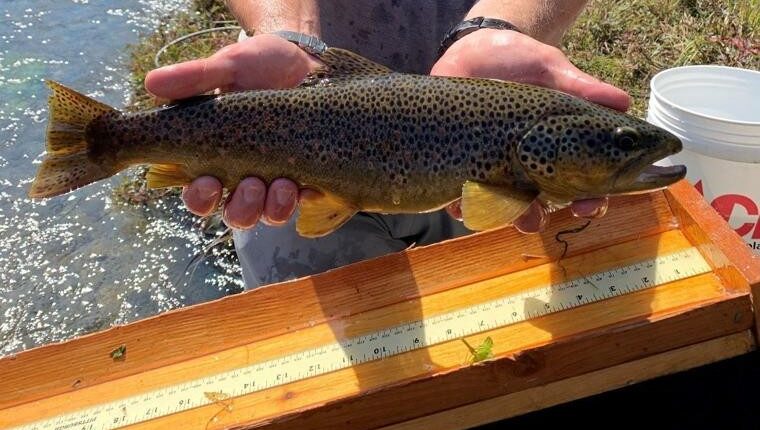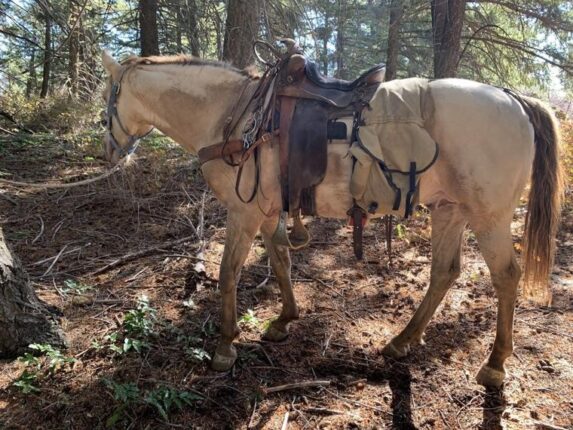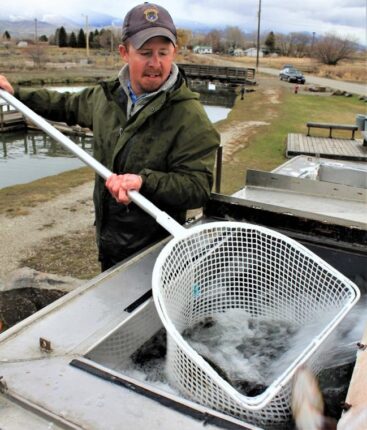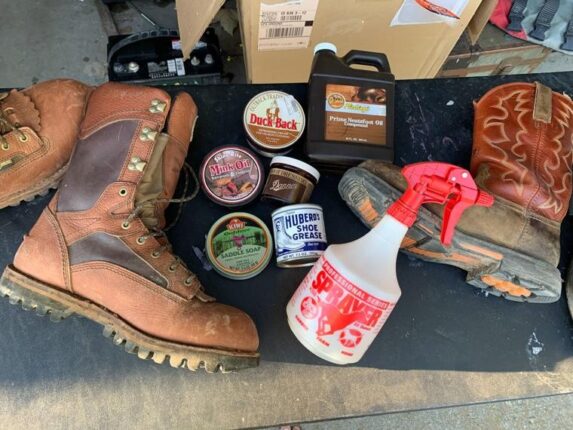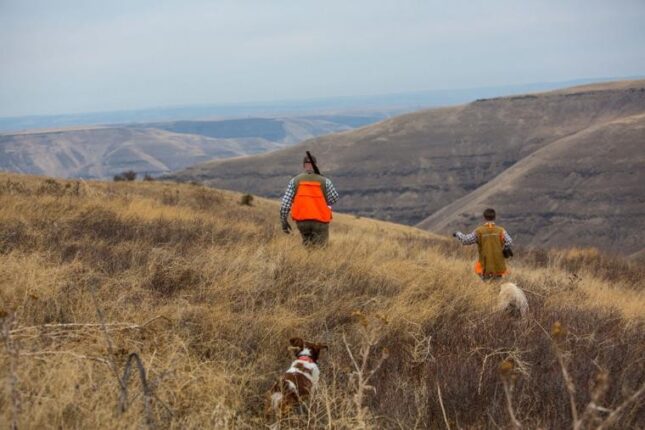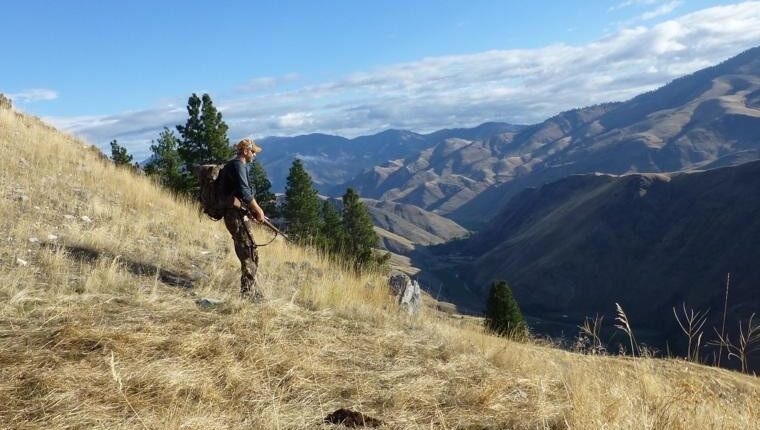I used to pheasant hunt a lot of years ago but haven’t gotten to much in years. Years ago the pheasant hunting used to be phenomenal here in Idaho but those days are long gone. Subdivisions have taken over old pheasant haunts and big days are a distant memory.
I’m sure that there is still some good hunting to be had on some of the private farms around but I don’t have access to them and I see some hot spots once in a while. But not many. Years ago, an old timer was telling me about how many pheasants Idaho had back before my times and it sounded like it equaled South Dakota. Don’t you wish you could of seen that?
So, with the above said, I had a deal I had to do over in South Dakota last week. Why not throw in a shotgun while flying over? They have a unique license system. They don’t have a one-day or a year long license for out-of-staters. It cost $125 for a 10-day license and you can break it up into two five-day hunts. Since I was hunting the weekend I got a Saturday-Wednesday tag and I have another five days that I can hunt anytime for the rest of the year.
The first day was tough hunting. We were hunting public land and apparently they had been hunted pretty hard. We jumped quite a few birds but they were jumping 150 yards in front of us so it was tough.
The next day I went with another guy and we hunted some of his cousin’s land. Finally. We got into a lot of birds and probably not more than 15-20 jumped out of shooting range. I used to shoot a shotgun a lot. I’d start dove hunting Sept. 1, then grouse, then ducks, then pheasants until Jan. 15, so four and a half months hard every year. Now, ha, I barely shoot a shotgun at all as compared to used to and my shooting shows it.
To hunt, Ben had me park at one end of a railroad track and he took us up to the other end. That way, we could walk a mile, jump in the truck, grab the other truck and then hit another spot. The first half mile was a little slow and then it lighted up. We should have had our limits the first hour but it took us about two.
There were soybeans or corn on each side of the tracks which were lined with tall thick grass. At first it seemed like they were all on Ben’s side of the tracks. He about stepped on a couple. The further we got the better the hunting got. Despite our shooting, by the time we’d walked a mile to the end truck we were within two birds of our limit. We then jumped over to a nearby creek that was also lined with corn and soybeans. Halfway down we had our limits.
Wow, I’d forgotten how beautiful pheasants were. Their plumage is indescribable. It’s a miracle that they can stay live in the wild as bright as they are. But … they are tough birds and hard to knock down for keeps. And if they take off running, they make a road runner look like an overweight bald old man jogging.
Here’s the gear I’d recommend:
1. I’d recommend a 3” 12 ga. But I’ve shot pickup loads of pheasants with a 20 ga. Double barrel and boatloads with a 2 ¾-inch 12 ga.
2. Chokes — You’ll probably want a “Modified” early in the season when they’re holding tighter (maybe even an “Improved Cylinder”) and then later in the season switch to a full choke when they’re flushing wild. I about panicked. I arrived in South Dakota and remembered that I’d forgotten my chokes and only had in a dove choke. I called Trulock (which is the chokes I shoot) and they overnighted me a Modified and a Full choke. Lifesaver.
3. Not every year but frequently enough someone is going to have a shotgun that is gummed up and not cycling. That’s the kiss of death. I’d recommend carrying a bottle of gun oil/spray and some Swab-It cleaning swabs. They’re like an ear swab except that they have a foam pad on the end and are great for cleaning in hard-to-reach spots.
4. Don’t go to all the effort and expense to get in the position to have a good day of shooting and shoot cheap shells. Check out Kent Cartridge. They have a lot of offerings but early in the season you’ll probably want 6 shot and later when they’re flushing wild switch over to 4 shot.
5. How to cook them? I know, they taste like chicken but I’m going to try something different this year. I’m going to use some of the Hi Mountain Seasoning Turkey Jerky blends and make some pheasant jerky. I did that on a turkey once and it was unbelievable.
Good luck!
Tom Claycomb lives in Idaho and has outdoors columns in newspapers in Alaska, Idaho, Utah, Nevada, Colorado and Louisiana. He also writes for various outdoors magazines and teaches outdoors seminars at stores like Cabela’s, Sportsman’s Warehouse and Bass Pro Shop. He can be reached via email at smileya7@aol.com.
